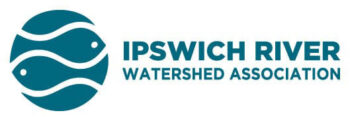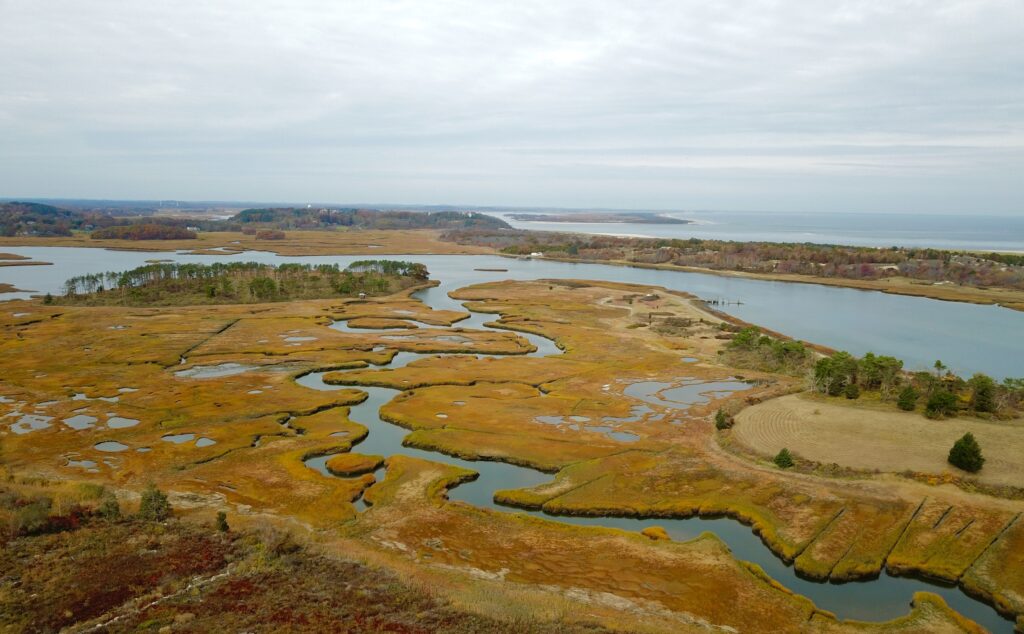For the town of Ipswich, the Ipswich River cannot be separated from the world-famous Ipswich clams, one third of which are dug in the flats at the mouth of the river. And as such, the health of the river for many is synonymous with the health of the clam flats. Ipswich is the leading soft shell clam producing community in the world. Its identity as a clamming town has meant it has been protective of this valuable natural resource for centuries. Following more than a decade of hard work led by the Town of Ipswich, the Ipswich River Watershed Association and volunteers to find and report pollution sources, the Town undertook a comprehensive cleanup effort. The river was reopened to clamming for the first time in nearly 100 years in 2000.
For many in town, the Ipswich Mills Dam Removal project raises the question of how this project, touted as beneficial for migratory fish, will impact the clams. The Ipswich River Watershed Association’s mission is to protect and restore the Ipswich River, and this includes the estuary and clam flats at its mouth. As such, all of the projects it pursues take into consideration the ecological health of the Ipswich clams. In fact, one of the most strongly recommended actions by scientists and shellfishery managers to protect salt marshes and clam flats from the impacts of climate change and sea level rise is to remove head of tide dams, like the Ipswich Mills Dam. Dam removal will restore natural riverine processes and sediment supply to marshes and tidal flats containing shellfish.
The Massachusetts Division of Marine Fisheries (DMF) is the state regulatory agency responsible for managing and regulating our shellfish resources and they agree that sediment movement post dam-removal will have no impact on the flats. On April 22nd and in response to the project’s Single Environment Impact Report (SEIR), DMF submitted a letter that indicates their support for the dam removal project. DMF supports dam removal for the benefits it will provide to “enhance the access and habitat for diadromous fish,” like river herring and American eel. They also noted that the project “has satisfactorily addressed DMF’s concerns regarding the impacts of projected sediment mobilization and hydrodynamic changes in association with the Mills Dam removal on downstream shellfish resources…In sum, the project incorporates a robust strategy to avoid and minimize potential impacts to downstream shellfish resources.”
In addition, a memo* from a member of the Ipswich Shellfish Advisory Board in January of this year summarizes the state of knowledge on the impact of dam removal on shellfish and concludes there will be no adverse impacts and removal could even be beneficial to shellfish.
The support and feedback from these two shellfishery oversight organizations highlights the involvement of diverse stakeholders in this project and underscores the importance of evidence-based decision-making in environmental management.
To ensure that dam removal will not harm the clam flats, the project is carefully planned out and managed, including management of the sediment currently behind the dam. We already know the amount of sediment behind the dam is relatively little. We also know that the locations where sediment would settle after dam removal are well upstream of the clam flats. The second question around sediment management is looking at the quality of that sediment, and confirming that it does not contain any harmful pollutants. Initial sampling in 2012 determined that the sediment is safe, documenting a very low likelihood of toxicity in the sediment. Additionally, the project now has a sediment sampling plan that has been approved by MA Department of Environmental Protection (DEP). Sediment sampling before the removal will inform how the sediment is managed. If any contamination is found the project simply cannot go forward unless it is first cleaned up. Additionally, DMF is committed to sampling immediately downstream of the site after removal to ensure that no ill-effects are seen. This plan will ensure that the project cannot negatively impact the clam flats.
As the Ipswich Mills Dam moves through the extensive permitting process, this project continues to receive oversight from state and federal agencies, who will be looking to verify that this project meets the permitting standard of “no adverse impacts” to the immediate river or the downstream habitats, including the clam flats. For links to the studies referred to in this article and more information on this project, please visit the project website: IpswichMillsDam.com. Contact the Ipswich River Watershed Association with any questions at [email protected] or 978-412-8200
*Note: This article has been updated to accurately reflect this authorship of this memo. The memo can be read in full here.

